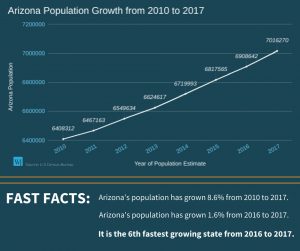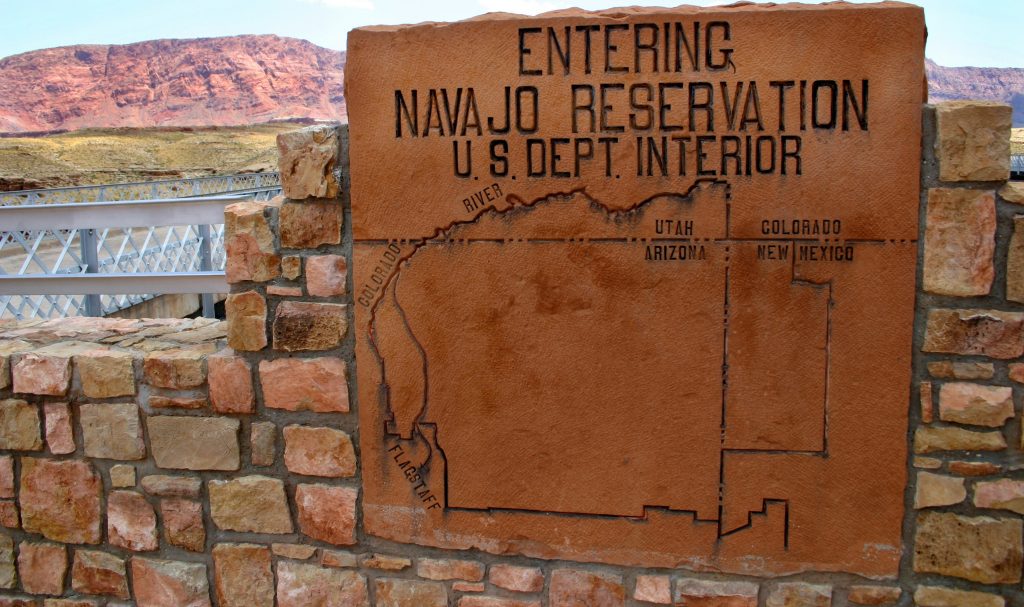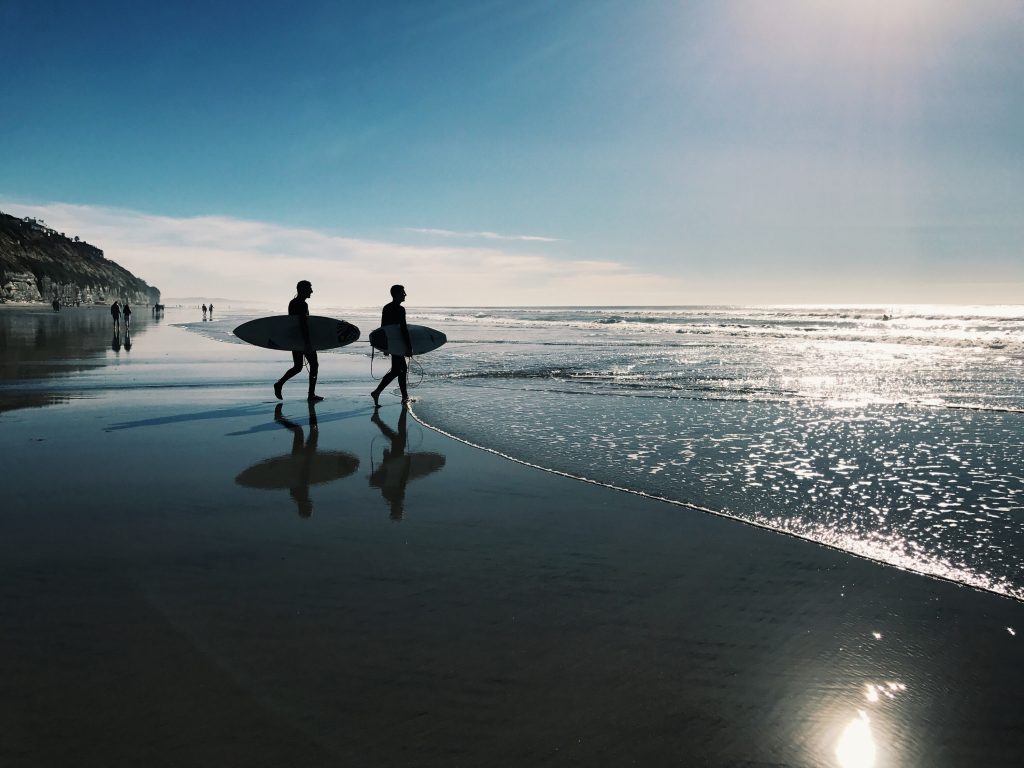10 Things You Need To Know When Moving to Arizona
If you’re planning on moving to Arizona, you’re not alone.
Arizona is truly a gem, so it’s no wonder that it was the 6th fastest growing state according to the U.S. Census Bureau’s population estimates.
From 2016 to 2017, the population grew 1.6%; that’s about 107,628 people who made the move in just one year!

Before moving to The Grand Canyon State, here are 10 things you should probably know:
1. Arizona isn’t one big desert.
While the Sonoran Desert is the most iconic of Arizona’s climates, the 48th state has many more to offer. As the elevation rises, average temperatures drop.
While temperatures easily rise above 100 F in the summer in the desert areas, the more northern city of Flagstaff gets an average of 94 inches of snow each winter. Arizona even has a couple ski resorts: Arizona Snowbowl in Flagstaff and Mt. Lemmon Sky Valley in Tucson.
It’s not uncommon to see people from the south “migrate” up north to escape high summer temperatures or to see people from up north escape winter weather by spending a weekend down south.
The different elevations also allow different kinds of vegetation to grow throughout the state. Saguaros, cacti, and other desert plants can be found in southern cities like Tucson and Phoenix, but vast pine and aspen forests take up residence in northern cities like Flagstaff and Alpine.
If you’re planning on moving to Arizona, don’t get rid of your favorite winter coat. You may be surprised by how many opportunities you get to use it!
2. Moving to Arizona may require some extra car maintenance.
The excessive heat of the southern part of the state can cause unexpected wear on your car. Besides high road temperatures raising risk for tire blowouts, the heat can also zap fluids inside of your car.
Battery fluids are frequently drained, so be aware that the life of your car battery might be affected. Heat can affect the fluid in a battery even more than cold weather, so make a note of how old your battery is and get it checked if it’s over three years old.

3. Arizona does have a lot of sunshine, but there are other kinds of weather to be aware of.
Arizona averages around 300 days of sunshine each year, depending on the city, but don’t think that Arizona is free of severe weather.
In the summer, monsoons grace the dry climate with short, intense rain. While the precipitation is mostly welcome, the short burst can impair driving visibility and even start flash floods.
Other weather to be aware of is large dust storms known as haboobs. They happen when a thunderstorm sends a rapid cold air front towards the ground, which then kicks up the dust and debris into a wall of up to 3,000 feet. The storm often blocks the sun and makes visibility extremely low.
If you find yourself driving when a dust storm comes, pull over to the shoulder of the road, and turn off your engine until it passes. If you’re outside, seek shelter quickly to avoid being pelted by small pebbles in the air.
4. Make sure to check out the rich history after moving to Arizona.
The farther east you go, the more colonial and civil war era American history you’ll find: battlefields, forts, etc. But Arizona has a unique blend of history unlike anything east of the Mississippi River.
Arizona still proudly owns its “wild, wild west” stereotype with preserved ghost towns like Jerome. The old copper and gold mining town of Jerome has become a popular tourist stop for those who seek spooky stories. You can eat at the Asylum Restaurant in the Jerome Grand Hotel, a hotel that is located in the town’s old hospital, or grab a burger at the Haunted Hamburger.
While the pioneer spirit still lives on in Arizona, the state also celebrates its even older history. Native American history and culture are still very prominent in the state, with 22 tribes calling Arizona home.
There are many ruins, monuments, and museums to check out. Some tribes like the Navajo Nation even welcome visitors onto their land with attractions like trading posts and iconic nature sights.
Before traveling on reservation roads, know that each reservation has its own government and laws which will vary from reservation to reservation.

5. Both scorpions and rattlesnakes are common household pests.
The harsher the climate, the more harsh the animals and plants that live there need to be. So it comes as no surprise that scorpions and rattlesnakes both thrive in the Arizona desert.
Don’t be surprised if you see scorpions in your house or rattlesnakes in your backyard. Luckily, pest control companies (and hospitals, if needed) are used to the repercussions of these creatures, so prevention and reaction are easy to come by.
Just be aware of your surroundings and go see a doctor if you have been bitten by a rattlesnake or are reacting badly to a scorpion sting.
6. After moving to Arizona, you won’t have to recognize Daylight Saving Time.
“Spring forward, fall back.” This is a phrase you’ll never have to put into practice in Arizona. The state actually has its own time zone because, unlike most of the country, Arizona doesn’t follow Daylight Saving Time.
The state voted to opt out of the Uniform Time Act in 1968 mostly because of the brutal heat of the summer. The drop in temperature after sunset is much welcomed when the temperatures rise above 100 F.

7. There are many natural wonders tucked away in Arizona.
Arizona is a perfect home for those who love to explore different natural wonders. Of course, the iconic Grand Canyon can be found here. You can take the train from Williams or drive the more scenic route into the park on Highway 89, but no matter how you get there the Canyon will be sure to wow you.
Besides the Canyon, Arizona has so many more “hidden gems” that are less known. From Horseshoe Bend to Slide Rock Park near Sedona, there are plenty of places to find and explore.
8. Moving to Arizona means being around multiple professional sports teams.
If you’re a sports fan, Arizona may be the perfect home for you. Phoenix is the home to multiple professionals sports team like the Arizona Cardinals, Arizona Coyotes, and the Phoenix Suns.
During the Spring, baseball fans from all over flock to Arizona to watch Spring Training games. Not to mention that the Arizona Diamondbacks also call Phoenix home.
If football, hockey, basketball, or baseball aren’t your forte, there are plenty of golf courses to spend your time on. Phoenix also hosts the Phoenix Open, a professional tournament on the PGA Tour.
9. Arizona is not too far away from other southwestern attractions like Disneyland, Las Vegas, Grand Circle, and more.
Arizona is conveniently located near other big attractions in the southwest. Phoenix is only 6.5 hours away from “The Happiest Place On Earth,” Disneyland, and only 5 hours away from San Diego, California. You can avoid California’s high living costs and still be close to all of the popular cities and destinations.
Other notable destinations nearby are Las Vegas, only a 4.5-hour drive from Phoenix, and Rocky Point, Mexico, which is a short 4-hour drive. The Grand Circle, a loop of iconic National Parks, also passes through the state so parks like Bryce Canyon, Zion, and Arches are less than 8 hours away.

10. You’ll see some of the most beautiful sunsets.
Arizona is known for having beautiful sunrises and sunsets. The vivid colors provide the perfect backdrop to saguaros or pines.
When moving to Arizona, prepare yourself for some of the country’s finest sunsets you’ll ever see. And if you disagree, you may not want to share your opinion with the locals.
The number of people moving to Arizona continues to rise and with so many incredible reasons to live there, it’s really not that surprising.
If you’re planning on making The Grand Canyon State your home soon, just keep these 10 things in mind, and you’ll be more prepared for your future Arizona life.
Truth and Accuracy
We are committed to truth and accuracy in all of our journalism. Read our editorial standards.
Advertise with The Western Journal and reach millions of highly engaged readers, while supporting our work. Advertise Today.












